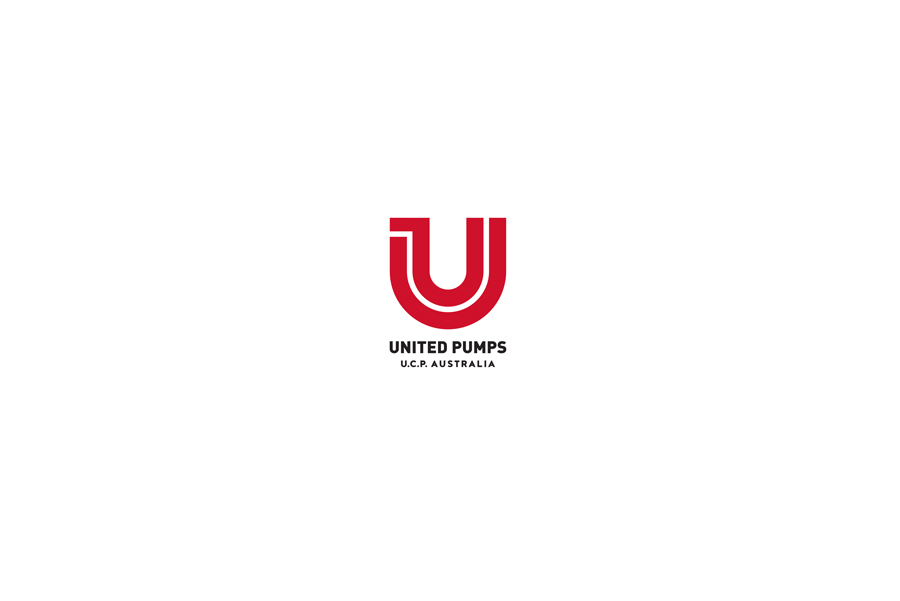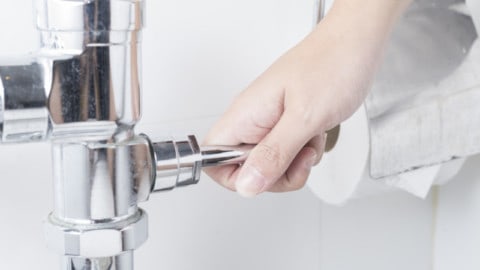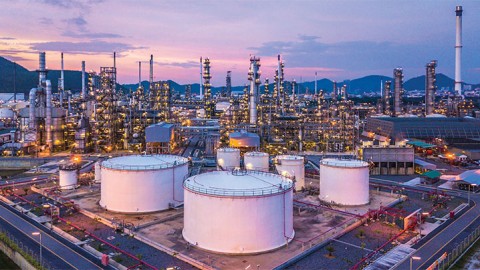In the downstream oil, gas and petrochemical industries, reliability and operating cost are two of the major consideration factors when dealing with plant equipment. Stuart Morrison, Aftermarket Technical Services Manager at ClydeUnion Pumps, an SPX Brand, discusses how aftermarket pump refurbishment services improve reliability and save the industry time and money.
As plants age, process conditions often change as well. Output requirements can diminish and pumps, which were originally designed for optimum performance, may become oversized and provide too much head and too much flow. Pumps that are not matched to current process conditions are inefficient and become less reliable. They increase operating costs, often using up to 30-50% more energy than a correctly matched pump and, while they are working outside of their optimum flow range, are more susceptible to maintenance problems.
Although adjustments can be made to system controls by throttling the pump to try to compensate for the equipment/process mismatch, this doesn’t efficiently decrease the energy requirements of the pump. For long-term process changes, this practice can be costly and has been shown to greatly increase maintenance problems. In such cases, a greater benefit can be realised by correcting the mismatch through de-staging or re-rating the pump to more accurately reflect the up-to-date needs of the application. Taking this approach reduces operational costs and increases pump reliability.
Reaping advantages through best practice
Refurbishing a pump when it is no longer operating near its optimum efficiency flow can have additional advantages to saving energy and increasing operational reliability. Older units are typically constructed from 316 stainless steel, which has now been surpassed by the super duplex grades that offer greater resistance to corrosion in seawater applications – a feature that is important in the oil, gas and petrochemical industries.
Furthermore, the latest revisions of specifications such as API 610, the standard for centrifugal pumps adopted by the petroleum industry, reflect modern industry knowledge and best practice to improve pump performance and reliability. Pump upgrades carried out during a repair or refurbishment to meet required process conditions can also bring the pump up-to-date with the latest standards, incorporating features such as a back pullout design for faster and easier maintenance.
A case study in aftermarket upgrades
A competitor’s OH2 end suction pump was proving increasingly unreliable and performance had deteriorated over time due to wash-out in the volute areas of the casing. When the need arose to repair the pump casing, the customer decided to incorporate a new latest edition API 610 back pull-out bearing assembly and new mechanical seals.
Repairs to volute tips, suction and discharge flange faces were also carried out. A new bill of material was generated for future spare parts and the pump has operated reliably since its installation. The total cost of repair and upgrade to a new back pull-out was around £19k and completed in three weeks – offering a 25% saving on the estimated cost of a new installation with an expected 26-week lead time.
Fit, form and improved function replacements
New upgraded pump parts are designed and engineered-to-order, enabling any existing issues to be designed out. Examples of this include incorporating the redesign of bearing housings to remove issues where the bearings are running hot. Other overhauls of old pumps have included removing the gland packing and putting in modern mechanical seals for greater reliability.
On one particular project, changed process conditions for gas oil pumping required the re-rating of two pumps (duty and standby) that were suffering from cavitation problems. This was resolved by increasing the impeller diameter to handle the new flow and adding a custom designed inducer to avoid cavitation by optimising the net positive suction head (NPSH). The resulting pumps provided increased capacity, increased mean time between outages (MTBO) and reduced maintenance because of the removal of cavitation issues.
Another project saw the upgrade of a competitor’s 4” barrel pump on a refinery, which was experiencing regular shaft breakages. Inspection identified an outdated design of thrust bearing. This bearing design has three pads mounted on two conical washers on its inactive side. These washers tend to rub against each other and lock up, preventing the thrust pads from moving with the thrust collar. This results in the collar moving back and forth on the shaft, which, in turn, bends the shaft forwards and backwards until it fails.
Simple form and fit replacement of the thrust bearing with a ‘JHJ’ type (which uses six pads on the inactive side) reduced wear, the risk of the washers locking and likelihood of shaft breakage. The upgrade of this pump also included replacement of the stack up rotor and upgrade of the internals from cast iron to cast steel parts to reduce corrosion. The changes were invisible to the rest of the installation and pump reliability was greatly improved.
Minimal impact on existing installation
When a pump is de-staged or re-rated rather than replaced, the impact on the existing installation is minimal. Surrounding equipment such as the driver, baseplate and lubrication system along with connecting pipework can remain undisturbed. The installation time is significantly quicker than installing a new system and minimises system downtime and cost.
Old pump assets may also experience obsolescence issues, perhaps because the original equipment manufacturer (OEM) is no longer in business and spare parts unavailable. OEM companies offering refurbishment options for pumps can also often supply a re-engineered customised spares service utilising 3D scanning of existing components to produce new parts. Added value can be obtained from this work by using the more modern, corrosion resistant materials available even on a part-by-part basis.
Parts within a design that are proving unreliable can undergo further investigation with full laboratory metallurgical failure mode analysis. This can assist in understanding complex reliability problems and provide information to enable engineers to improve designs resulting in increased efficiency, increased part strength, reduced stresses and overall better reliability.
Minimising total life cycle costs
As with a new installation, changes to application requirements for a pump should be considered in terms of the total life cycle cost. A pump running inefficiently can have a huge impact on energy bills. Over its lifetime the cost of energy may be as much as 90% of the total ownership cost of a pump. Although the initial investment of de-staging or re-rating a pump is a consideration, the cost of energy over its remaining lifetime will far outweigh the initial outlay for change if the pump is operating outside of its optimised flow range.
Keeping up-to-date with the latest best practices, materials available and changing application requirements can save time and money. As well as reduced energy costs, pump owners must consider unplanned system downtime and ongoing maintenance costs – along with the issues of having fewer skilled onsite personnel to handle equipment with high maintenance needs.
A wide variety of challenges are faced by different installations across the oil, gas and petrochemical industries, but careful design and engineering can solve existing problems, dramatically improve pump efficiency and increase reliability without the need and costs associated with a complete replacement. Limited on-site resources and budgets make aftermarket pump engineering a profitable choice, which can add real value to an operation.
For more information, visit the SPX website.















